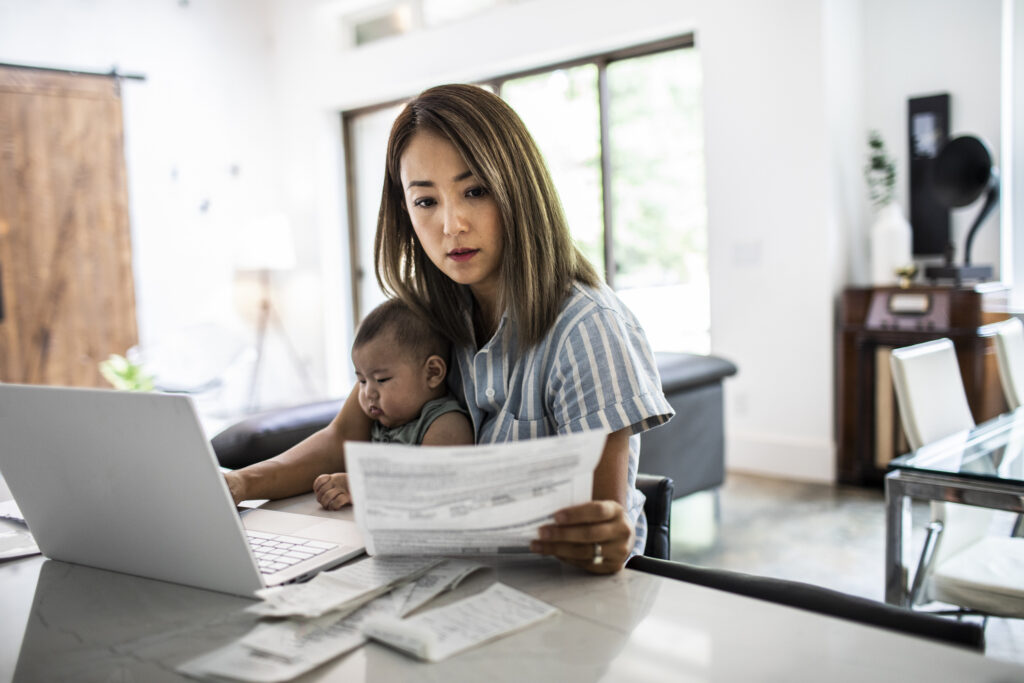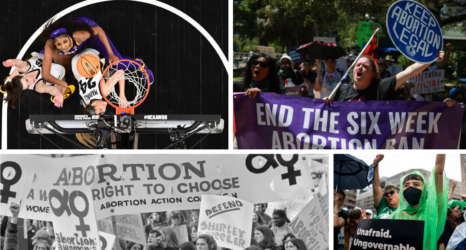
This article was originally published in Pat Mitchell’s blog and weekly newsletter.
It’s challenging to find positive stories today about progress for women entering top leadership positions in business. Earlier this year, the number of women CEOs leading American companies rose from 8 percent to 10 percent. Five new women are leading Fortune 500 companies, bringing the total number to 53.
Progress, yes… although it’s hard to get too excited about a meager 2 percent rise—even though 10 percent is the highest percentage of women CEOs ever recorded in the U.S.
But this month, in an unexpected place, given its much ballyhooed patriarchal culture and often documented misogynistic government, there is an even more positive gender equity story to report: in Australia.
The number of women leading Australia’s largest listed companies has risen from a dismal 5 percent in 2020 to 30 percent today, according to the Financial Times—boosted by the promotion of Vanessa Hudson to Qantas CEO. (Notably her competition for the job were two other women.) Her biggest business rival company, Virgin Australia, is also led by a woman, Jayne Hrdlicka.
The rapid ascent is a welcome surprise. It was just last year that the Australian advocacy group Chief Executive Women (CEW) “warned it would take 100 years for corporate Australia to achieve a gender balance of 40 percent,” reporter Nic Fildes wrote.
In spite of this good news for top Australian women in business—and the good news that the Labor Party in Australia also met its internally set quota of 50 percent female representation in its delegation—the country’s working women still face many challenges. There is a gender pay gap (13 percent), and a lack of support for childcare and other family support systems, including paid parental leave. These are the same challenges that women face in the U.S., despite study after study recognizing these barriers to gender equity in business.
It is with that in mind and memories of my own struggles as a single working mother without sufficient childcare support that I share this poignant personal account from Meg Geoghegan, a working mother whom I have the privilege to work with in editing the InfluencHER newsletter. This monthly newsletter curates the world’s news for articles written by women on newsworthy subjects. (Subscribe here.)
A Workplace Built for Women
Reprinted with permission from The InfluencHER Project newsletter.
I struggled to get set up quickly in my glorified closet, glancing frequently at the clock, knowing my time was running short. I kept the call on mute, not wanting the rhythmic whirring of the breast pump to distract my colleagues in the conference room downstairs.
“Where is Meg?”
An embarrassed, whispered response. Before I could unmute to make my presence known—still here, still listening, still working—a heavy sigh.
“When will you be done?”
It was a scene that played over many times after returning to work after the birth of my first child. The impatience and irritation at the inconvenience I was causing was apparent.
I tried, unsuccessfully, to set boundaries. I blocked pump sessions on my public calendar. They were ignored. I told my supervisor I could not regularly attend evening meetings, as I had no childcare. He signed me up to lead a community group that met in the evenings anyway. Without an alternative, I brought my baby to the first convening and was met with judgment and criticism. When that critique was shared the next day, I burst into tears. No one said a word about it, not that day or in the days that followed. They ignored the exhaustion and anxiety I wore on my face like a scarlet letter of motherhood.
Within six months, I left that job to work for a woman-owned firm where I would no longer need to make excuses and apologies ad nauseam for sick kids and school plays, pregnancy and postpartum.
Mine is a familiar story for many women, and a mild case at that. Even in my immediate circle, I can name five other colleagues—all young mothers—who left their employer within the same year.
Lack of paid leave, a childcare shortage, poor women’s health care, and lack of support for caregivers—it is a system that rewards those who get in early and network late. A system that at best ignores and at worst punishes women for the responsibilities and workload they bear outside the office. It is a broken system.
In this month’s newsletter, we offer for your consideration several pieces that beg the question: What would it look like if the workplace was built for women?
For the sake of my daughters, I certainly hope we’ll find out in my lifetime.
—Meg Geoghegan, editorial coordinator, InfluencHER Project
Certainly, supporting the world’s working women with more equitable opportunities that provide equilibrium with our roles as wives, life partners, mothers, daughters, aunts and sisters, remains one of the significant challenges of our times for nearly all countries.
Two steps forward for Australia is good news. But so many more steps forward are needed for equal representation and economic equity, and for families, communities, companies and countries everywhere to truly thrive.
Up next:
U.S. democracy is at a dangerous inflection point—from the demise of abortion rights, to a lack of pay equity and parental leave, to skyrocketing maternal mortality, and attacks on trans health. Left unchecked, these crises will lead to wider gaps in political participation and representation. For 50 years, Ms. has been forging feminist journalism—reporting, rebelling and truth-telling from the front-lines, championing the Equal Rights Amendment, and centering the stories of those most impacted. With all that’s at stake for equality, we are redoubling our commitment for the next 50 years. In turn, we need your help, Support Ms. today with a donation—any amount that is meaningful to you. For as little as $5 each month, you’ll receive the print magazine along with our e-newsletters, action alerts, and invitations to Ms. Studios events and podcasts. We are grateful for your loyalty and ferocity.





